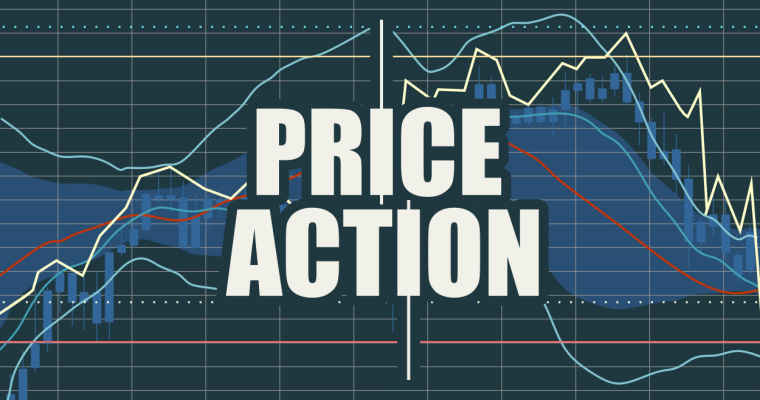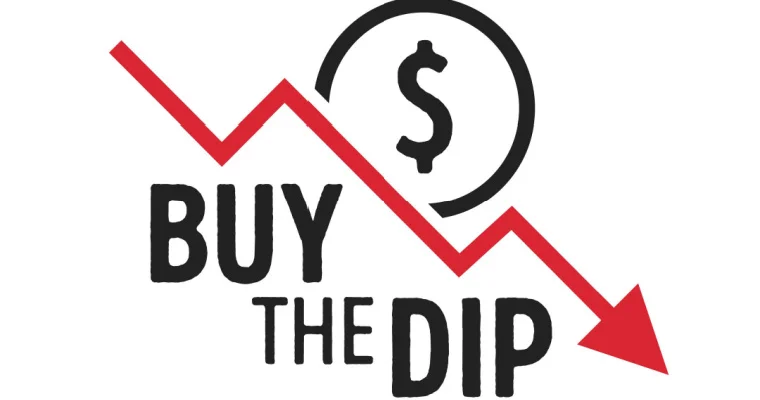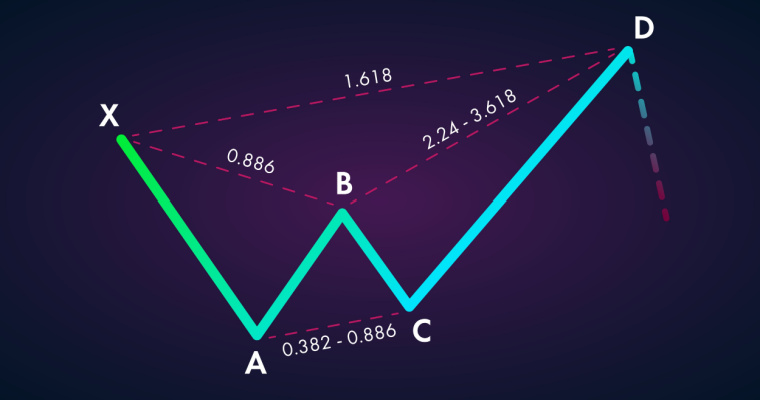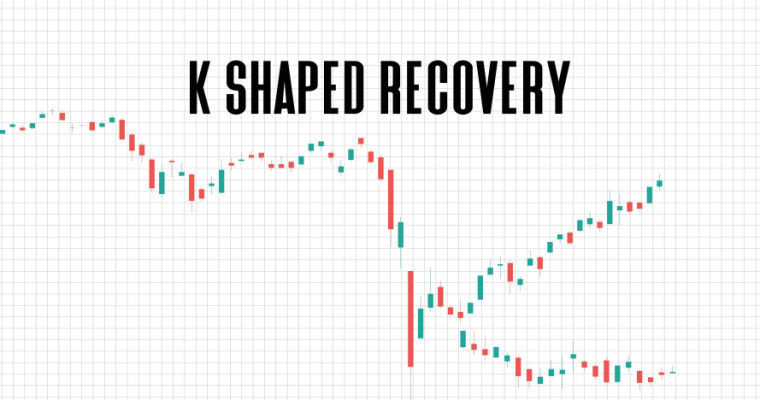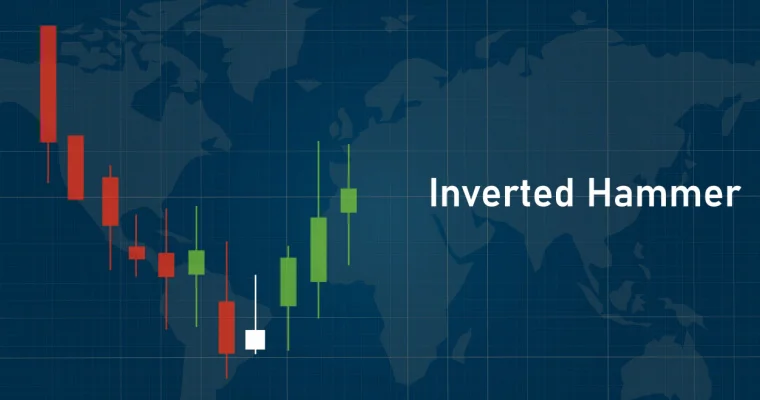Support and Resistance in Trading: Working, Strategies, Uses and Example

Support and resistance are two of the most significant and practical concepts in technical analysis in stock trading. Several other technical analysis components, such as price patterns, are centred around the stock support and resistance levels. Support and resistance are used for identifying prices at which a security is likely to attract more buyers or sellers.
Read on to understand what support and resistance are, how they work, strategies, uses, example and reliability.
What are Support and Resistance?
Support and resistance levels are psychological price levels beyond which the prices are not expected to fall or rise unless a ‘breakout’ occurs and these levels are breached.
1. Support
Prices fall during a downtrend due to excess supply over demand. The lower the prices fall, the more appealing the prices become to individuals waiting to purchase the shares. Demand, which would have been gradually increasing, will eventually match supply. The prices will stop declining at this point and start reversing. It is what is known as the ‘support’ level. Support can either be a price level or a price zone on the chart.
2. Resistance
Resistance is the complete opposite of support. Prices rise when there is more demand than supply. As prices rise, the desire to sell will eventually outweigh the want to buy. It can happen for several reasons. Investors may have decided that the prices are high enough and have reached their target.
It could also be because of the purchasers’ unwillingness to enter new positions at such high prices. The point at which supply begins to outweigh demand causing the price increase to stop and reverse, is known as the resistance in the stock market. It might be a level or a zone, just like support.
How Do Support and Resistance Indicators Work?
It’s important to understand that support and resistance levels are created from price patterns, which are naturally tied to investor attitudes.
1. Support
When the price of a stock approaches or reaches a certain level, traders buy more units. This choice is based on the belief that the support level is unlikely to be breached and that prices will subsequently rise.
When many traders acquire stocks near support level, the prices may rise due to increased demand. As a result, the support level persists throughout time by influencing and being impacted by investor views unless an extraordinary event sends the price below that line.
2. Resistance
Traders use the resistance line as an exit point. It is because they assume that an asset’s price will drop after hitting or just before reaching the resistance line after an upward trend. As a result, the resistance level motivates traders to sell to avoid losses. Prices fall as dealers sell assets in large quantities.
However, support and resistance lines do not remain stable for long periods but rather form an upward or downward slope. As a result, most professional traders use trendlines to calculate price levels. Traders can better predict future price movements over time by defining the wider area of support or resistance based on trendlines.
By determining the broader area of support or resistance based on trendlines, traders can anticipate future price actions better over a sustained period. For instance, a series of historically northward-moving lows help form an upward slope demonstrating a region below which the price struggles to move.
Also Read
Support and Resistance Trading Strategies
One of the most fundamental trading strategies is to use support and resistance levels. They can be used to control risk and set stops, as well as to assess market conditions and identify optimal entry and exit points.
The most popular support and resistance trading strategy involves purchasing (going long) when the price is approaching the support level and selling (going short) when the price is approaching the resistance level. However, traders wait for confirmation that the prices are still following the trend.
Stops and limits should be placed below the support and resistance levels. It assists traders in promptly closing a position if the price breaches either of the levels. One should determine their profit target and an acceptable degree of loss before entering a trade or deciding their exit points near the support and resistance levels.
The breakout strategy is another strategy adopted in support and resistance trading, in which traders await the stock price to move beyond these levels and then take a long or short position depending on the level that got breached.
A breakout is more than simply a small movement beyond support or resistance levels. It is distinguished by unusually quick and rapid movement with heightened momentum, which creates profit opportunities for traders.
Uses of Support and Resistance in Trading
Determining the support and resistance levels would provide an investor with a potentially appealing price target for buying or selling a security. If an investor has held a stock for a certain period and is planning to sell it, a recent resistance price level may suggest an attractive sell point (if the stock returns to that price).
Support and resistance levels can therefore be used by short-term or swing traders to plan entry and exit trading strategies.
How to Draw Support and Resistance Levels in a Chart?
You must first find them by using one or more of the following methods to draw and establish support and resistance lines on a trading chart:
1. Previous Period’s Support and Resistance Levels
If longer time frame support and resistance levels are extremely comparable or identical to the shorter time frame levels, these could be considered to be strong levels of support and resistance and therefore be extended and used for current timeframes as well.
2. Peaks and Troughs
Upon plotting the peaks and troughs for a given period, in the event of a downtrend, the lower-low peak serves as the support level, and the lower-high peak serves as the resistance level. On the contrary, in the event of an uptrend, the support level is the higher-low peak, and the resistance level is the higher-high peak.
3. Moving Averages
After applying the indicator, if the trendline rises, the moving average line will provide the support level and vice versa. Because the levels are always shifting, these are referred to as dynamic support or resistance levels.
4. Trend Lines
It is important to have at least three peaks or troughs before using them. After drawing the chart’s trendlines, the uptrend line will serve as the support level, and the downtrend line will become the resistance level. Moving average support and resistance levels are dynamic.
Example of Resistance Becoming Support
Source: Moneycontrol; Ultratech Cement
As seen above, the resistance (before the star point) got breached and became the new support (after the star point).
What is the Difference Between Support and Resistance?
The main difference between the support level and resistance level is that support indicates a low level reached by a stock price over time, whereas resistance denotes a high level reached by a stock price over time. Support occurs when the price of a stock falls to a level that encourages traders to buy. In contrast, resistance appears when a stock’s price increases to a level that induces traders to sell.
Reliability of Support and Resistance
To establish the dependability of support and resistance lines, the following pointers are considered:
1. Volume of Trade
Taking into consideration the volume of trade, analysts frequently identify major price points and support and resistance levels. A pricing point that sees significant selling or buying can be considered credible. For example, if patterns suggest that a specific price action has prompted investors to sell a specific class of assets or stock in large quantities, they would most likely enter a short position when it reaches that point again.
2. Time Period
In addition to the prior indicators, a support or resistance level is considered more dependable the longer it can withstand price movements.
3. Touch Count
The number of times a price level has hit a support or resistance line only to reverse is another indicator of its dependability. A support line, for example, that consistently stops the price from dropping below it is more reliable. Hence, more traders will base their purchasing decisions on it than the one that does not stop prices from breaching consistently.
4. Price Movements
Generally, a support or resistance level is more noteworthy if it follows a sharp rise or decrease in price. It is because such a price change piques the interest of investors more than a slow-moving rising or falling trend. As a result, it is more likely to face stiffer resistance or stronger support.
Traders also consider occasions and events where price action violated a support or resistance line to predict future price movements better. For instance, a former support line can become a resistance line, indicating a major price drop. If prices rise significantly, a resistance line might also become the support line in an outbreak.
Final Word
Technical analysts rely heavily on support and resistance levels, as they serve as the foundation for a wide range of technical analysis tools. Predicting future levels of support and resistance can help clock in good profits. Anticipating these levels might be useful because it alerts traders to be watchful when the prices rise or fall.
FAQs
Ans: Support and resistance are psychological price levels beyond which prices are not expected to fall or rise.
Ans: To determine the support and resistance levels for a smaller time frame, let’s say 20 minutes, you can extend the support and resistance levels from the 1-hour and 4-hour timeframes and use them. Moving averages and trend lines can also be used to get more accurate results.
Ans: Volume should move with the trend. If prices move upward, the volume should increase (and vice versa). If volume and trend don’t move in the same direction, it is not considered a good sign and could signal an impending trend reversal or weakening of the trend.
Ans: Support and resistance levels work best in trending markets and apply to all tradable financial products, including stocks and indices. Moving averages 10, 20, 50, 100, and 200 are the most commonly used time frames. Additionally, the greater the time horizon, the more significant these levels become.
Ans: A breakout occurs when the price of a stock moves outside of a set support or resistance level with increased volume. When a stock trades beyond these price levels, volatility rises, and prices generally move toward the breakout.
Want to put your savings into action and kick-start your investment journey 💸 But don’t have time to do research? Invest now with Navi Nifty 50 Index Fund, sit back, and earn from the top 50 companies.
Disclaimer: Mutual Fund investments are subject to market risks, read all scheme-related documents carefully.
This article has been prepared on the basis of internal data, publicly available information and other sources believed to be reliable. The information contained in this article is for general purposes only and not a complete disclosure of every material fact. It should not be construed as investment advice to any party. The article does not warrant the completeness or accuracy of the information and disclaims all liabilities, losses and damages arising out of the use of this information. Readers shall be fully liable/responsible for any decision taken on the basis of this article.

Customer’s Feedback
No comments found.Illiquid Stocks Guide: Definition, Examples, and its Working
Illiquid stocks are part of a long-term investment strategy that is appropriate for investors who a... Read More »What is Shooting Star Candlestick Pattern in Trading?
The shooting star candlestick pattern is considered to be a bearish reversal candlestick ... Read More »What is VWAP Indicator and How to Use it for Trading
The VWAP indicator shows the volume-weighted average market price of a particular stock. You can us... Read More »What is Price Action Trading: Its Strategy, Stop Loss and Profit Targets
Price action trading is a methodology in which the trader solely relies on analysing a security’s... Read More »What is Buy the Dip Strategy in Trading – Working and Example
‘Buy the dip’ is one of the most common phrases in the stock market. It is sort of a go-t... Read More »What is the Black Scholes Model – Formula, Calculation and Assumptions
Among the important concepts in modern financial theory, the Black Scholes model, developed in 1973... Read More »What is Iron Condor and What are its Strategies?
Iron Condor is an options trading strategy that involves four options with the same expiration date... Read More »What is Harmonic Pattern and How Does it Help in Trading?
Harmonic patterns are one of the most efficient and effective trading patterns. Although they are m... Read More »What is a Contract Note and Why is it Important?
Contract note is a legal document containing the details of every stockbroker's trade on a stock ex... Read More »What is K-shaped Recovery: Indication, Example and
Economies go through multiple phases in business cycles. One such phase is a recession which is mar... Read More »Guide to Book Building – Its Types, Benefits and Process
Initial public offerings (IPOs) are priced as specified by their underwriters. The process by which... Read More »What is the Inverted Hammer Pattern and How to Identify It?
The inverted hammer is one of the most popular candlestick patterns and is considered essential for... Read More »Top 10 Chit Fund Schemes in India in 2023
Chit funds are one of the most popular return-generating saving schemes in India. It is a financial... Read More »10 Best Gold ETFs in India to Invest in April 2023
Gold ETFs or Gold Exchange Traded Funds are passively managed funds that track the price of physica... Read More »10 Best Demat Accounts in India for Beginners in 2023
Creation of Demat accounts revolutionised the way trades were conducted at the stock exchanges. It... Read More »20 Best Index Funds to Invest in India in April 2023
What is an Index Fund? An index fund is a type of mutual fund or exchange-traded fund (ETF) that... Read More »Best Arbitrage Mutual Funds to Invest in India in April 2023
Arbitrage funds are hybrid mutual fund schemes that aim to make low-risk profits by buying and sell... Read More »10 Best SIP Plans in India to Invest in April 2023
What is SIP? SIP or Systematic Investment Plan is a method of investing a fixed amount in ... Read More »10 Best Corporate Bond Funds in India to Invest in April 2023
Corporate bond funds are debt funds that invest at least 80% of the investment corpus in companies ... Read More »10 Best Bank for Savings Account in India [Highest Interest Rate 2023]
Savings account is a type of financial instrument offered by several banks. It lets you safely depo... Read More »















